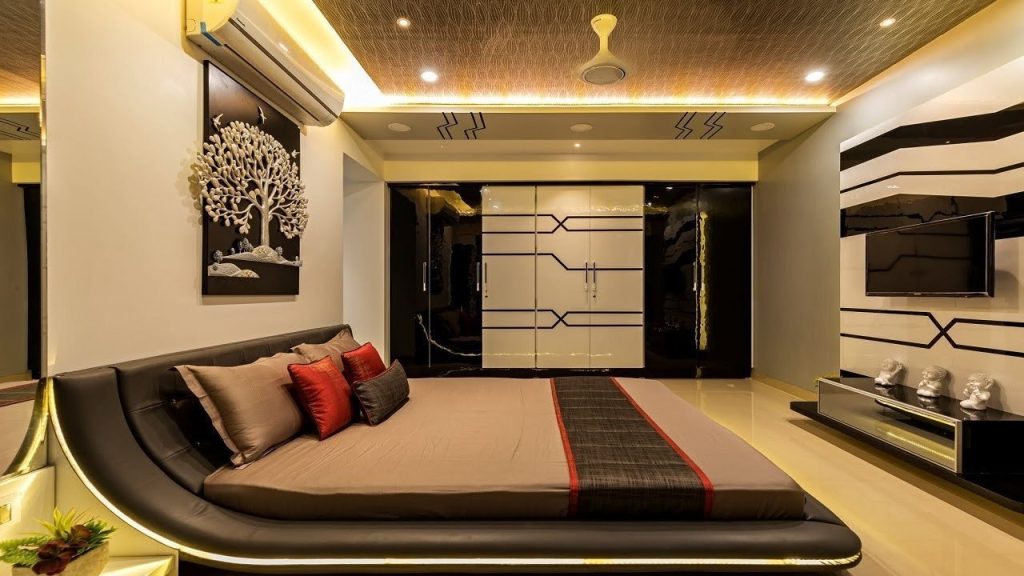Mastering the flow in an open-concept living space requires a thoughtful approach to design that balances aesthetics, functionality, and comfort. The open-concept layout, characterized by a lack of walls separating living, dining, and kitchen areas, promotes a sense of spaciousness and fluidity, but achieving an effective flow can be challenging. The key is to create distinct zones within the space while maintaining a cohesive and harmonious overall design. Start by defining the primary functions of each area within the open-concept layout. This means considering how each space will be used and how they will interact with one another. For instance, the kitchen, dining, and living areas should be planned with consideration for both the visual and practical connections between them. Ensure that the kitchen’s design allows for easy movement and accessibility, while the dining and living areas should complement each other in style and purpose.

One of the most effective ways to delineate spaces in an open-concept layout is through the use of furniture and area rugs. Strategic placement of furniture can create visual boundaries without the need for physical walls. For example, a sofa or a set of chairs can define the living area, while a dining table can mark the dining space. Area rugs can further enhance this effect by visually anchoring each zone and adding texture and warmth to the floor. Choosing rugs with different patterns or colors can subtly distinguish each area while keeping the overall design cohesive. Lighting also plays a crucial role in mastering the flow of an open-concept space. Incorporate a mix of ambient, task, and accent lighting to highlight different areas and interior design hk functions. Pendant lights or chandeliers over the dining table can create a focal point, while under-cabinet lighting in the kitchen can enhance functionality. Floor lamps or table lamps in the living area can add a layer of warmth and comfort. Layering different light sources helps to establish zones and add depth to the space.
Color schemes and materials can further enhance the sense of flow in an open-concept layout. Opt for a cohesive color palette that ties the different areas together, creating a seamless transition from one space to another. Choosing complementary materials and finishes, such as hardwood flooring that extends throughout the areas or a consistent wall color, can also contribute to a unified look. Lastly, consider the importance of flow in terms of movement and accessibility. Ensure that there is a logical and unobstructed pathway through the space, allowing for easy navigation between the different areas. Avoid overcrowding any one area with too much furniture or décor, as this can disrupt the overall flow and make the space feel cluttered. In conclusion, mastering the flow in an open-concept living space involves a combination of strategic furniture placement, thoughtful lighting, cohesive color schemes, and functional design. By carefully considering these elements, you can create a harmonious and inviting environment that enhances both the aesthetic appeal and practicality of your home.